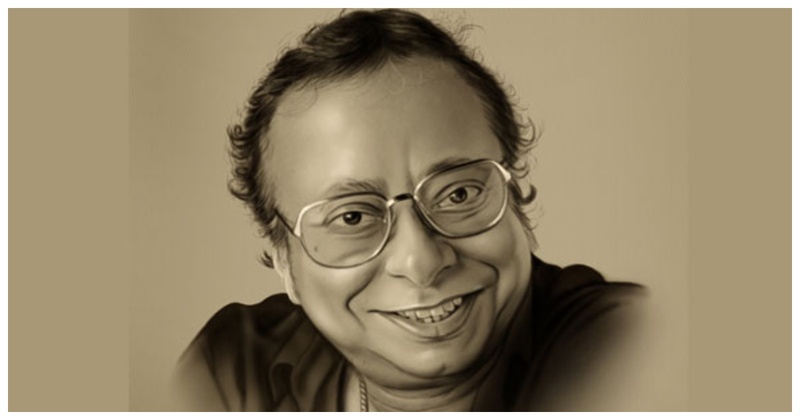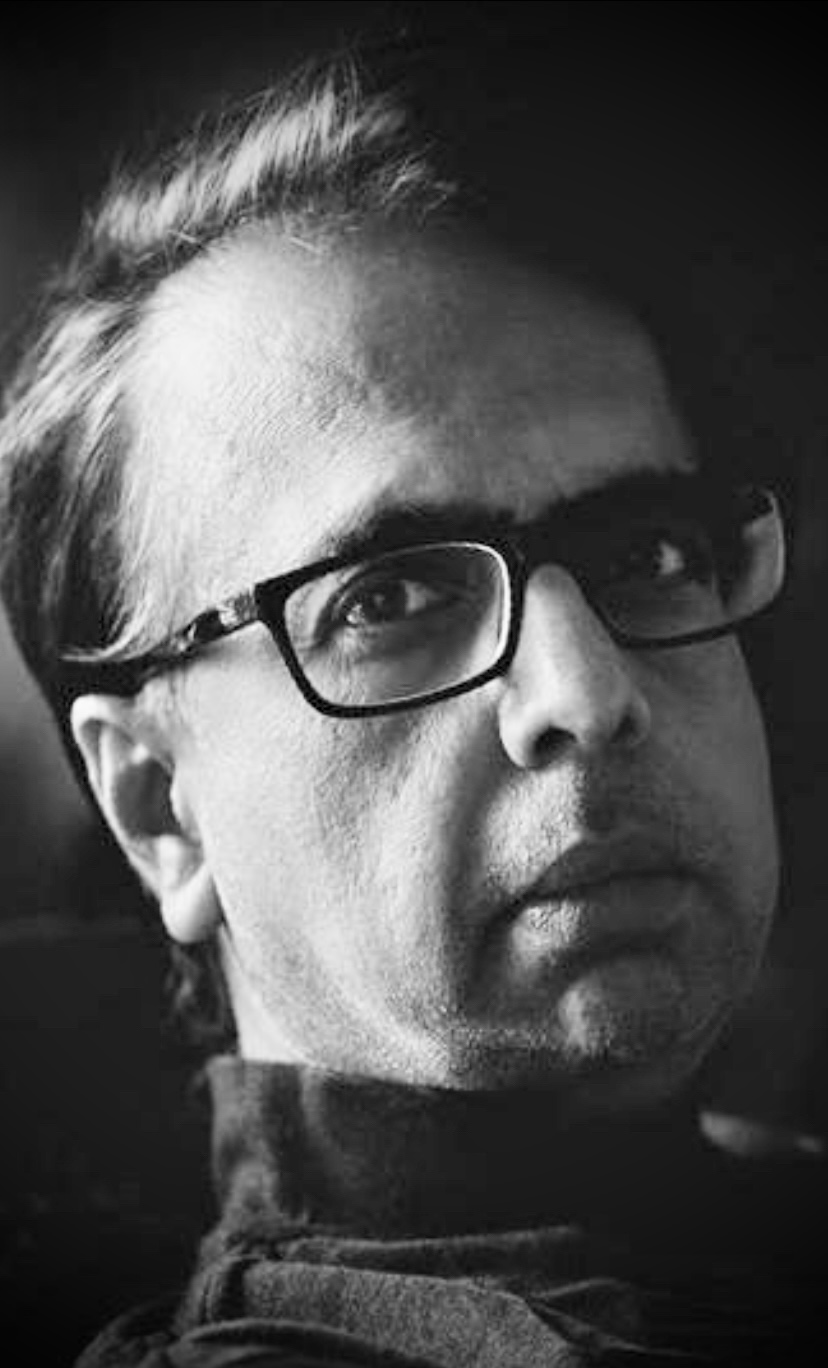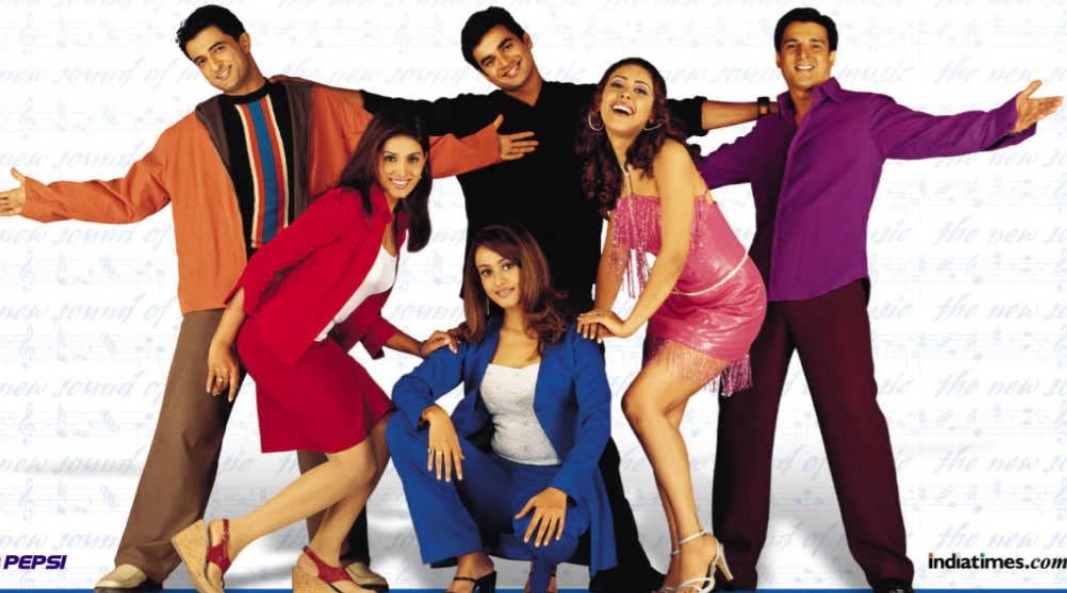In the late’60s and the early’70s, films like Chhote Nawab, Bhoot Bangla, Teesri Manzil, Padosan and Hare Rama Hare Krishna brought a distinct new sound to Hindi cinema. Sachin Dev Burman’s son, Rahul, fondly called Pancham, a singer-composer himself, moved away from his father’s classical-based, Bengali style of music to become a trendsetter with his Indo-Western scores.
His “Piya tu, ab to aaja”, “Dum maro dum” and “Mehbooba mehbooba” not only set him apart from his father, but also from the orchestration of Shankar-Jaikishen, the melody of Naushad, the poetry and purity of Jaidev and the popular appeal of Laxmikant-Pyarelal. The genius of RD Burman lay in the scale and variety of his compositions, his experimentation with genres and the ability to move from Indian classical to Western classical, from western pop to Indian melody with effortless ease.
I was in college when I was introduced to his music and by the time I entered the industry, he was on his way out. But when the opportunity presented itself, I directed a romantic musical Dil Vil Pyaar Vyar, in 2002, as a tribute to RD Burman’s published music which had always been way ahead of its time and stayed evergreen down the decades.
We officially bought the rights from HMV, but I was very clear that I did not want to remix the 13 songs we had selected for our film. I was going to recreate them with a person who had been close to the singer-composer and knew him well. When I approached Babloo Chakravorthy who had been RD Burman’s chief arranger, he couldn’t believe his luck. When we were recording at Empire Studio, I would see him reverently bring out a photograph of RD Burman, put some flowers before it, say a quiet prayer and only after that would he start work.
We got all the top singers of the time, from Alka Yagnik, Kavita Krishnamurthy, Sadhana Sargam and Sunidhi Chauhan to Kumar Sanu, Abhijeet, Hariharan, Babul Supriyo and Shaan, to revive evergreen hits like “O hansini”, “O haseena zulfonwali”, “Mere samne wale khidki mein”, “Raat kali ek khwaab mein aaye”, “Tum bin jaaoon kahan” and “Yaadon ki baraat” to name a few. Abhijeet and Sanu loved the idea of recording songs from another era that they would otherwise never have had the chance to sing. But Kavita was shocked when she learnt that we wanted her to recreate Lataji’s (Mangeshkar’s) “Kya janoo sanam” from Baharon Ke Sapne.
“I don’t think I want to do this,” she told us when she turned up for the recording. Eventually, her husband Dr L Subramaniam convinced her, pointing out that we were publicly acknowledging the original composer and singer and this was an opportunity for her to sing a Lataji song her way. Kavita then went on to record a duet with Hariharan, “Gum hai kissi ke pyaar mein”. The Lata Mangeshkar-Kishore Kumar original had been recorded by RD Burman for Rampur Ka Lakshman.
The music was released in a double CD pack and quickly became a collector’s item and a rage. HMV made a fortune in music sales. My only regret is that vinyl records had gone out by the time our film was released else. We had a live orchestra playing at Empire Studio with some of RD Burman’s own musicians and a gramophone record would have added to the nostalgic trip.
Twenty years later, we are toying with the idea of another musical, but this one will not only be a tribute to RD Burman. We will have a song each from the repertoire of other composers as well, including Madan Mohan, Shankar-Jaikishan, SD Burman, Laxmikant-Pyarelal, maybe Naushad sahab too if we can find a song apt for a situation, and definitely, a song from Roshan sahab’s 1964 historical drama Chitralekh, which boasted of timeless gems like “Sansar se bhaage phirte ho” and “Man re, tu kaahe na dheer dhare.”
As told to Roshmila Bhattacharaya














